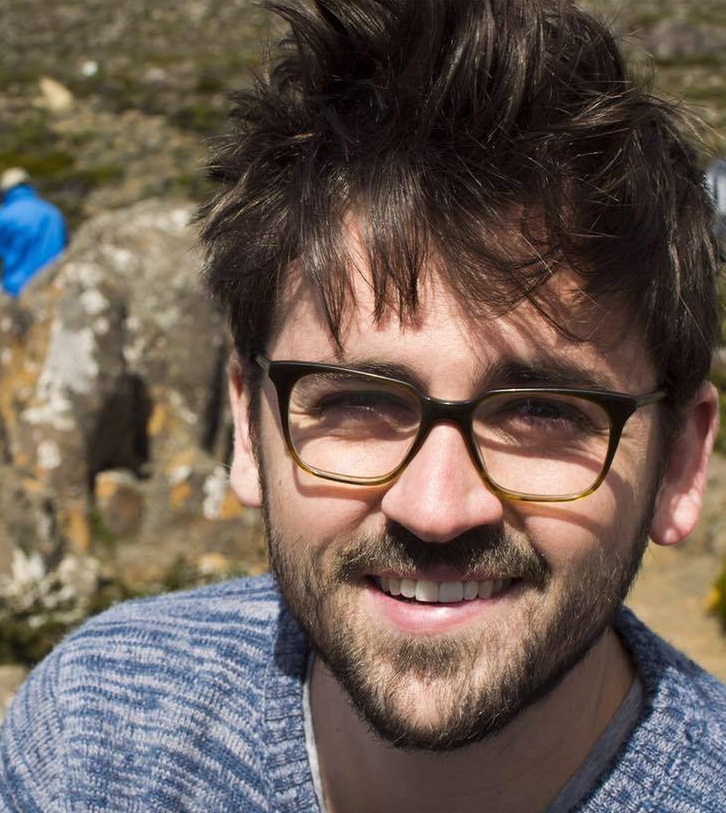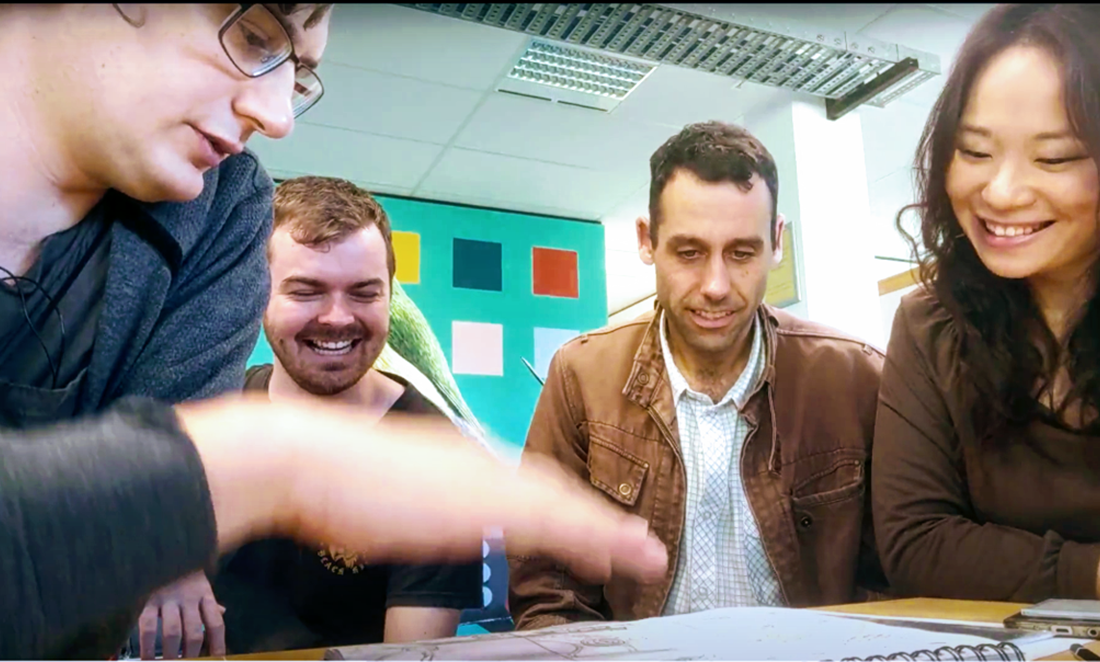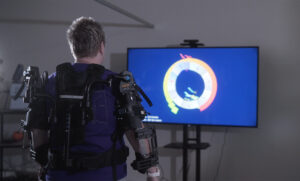According to Dr Rina Fu, microbiologist and science educator, there is a significant gap in science education between students at mainstream schools and students at schools for people with an intellectual disability.
“In education support centres or schools for students with special needs, STEM isn’t typically a priority because they’re focusing on skills for everyday living,” says Rina.
“People living with low-functioning autism or intellectual disability often do not have access to science education.”
That’s why she’s collaborating with animation studio Red Bird Creative to produce a new suite of science education cartoons, called MicroToons. But these materials aren’t specifically designed for people with autism. Rather, people with autism are involved in making them.
“There are plenty of science resources available online but not many created by people living with a disability.”
“Our artists’ stories will inspire other people with a disability to explore science.”
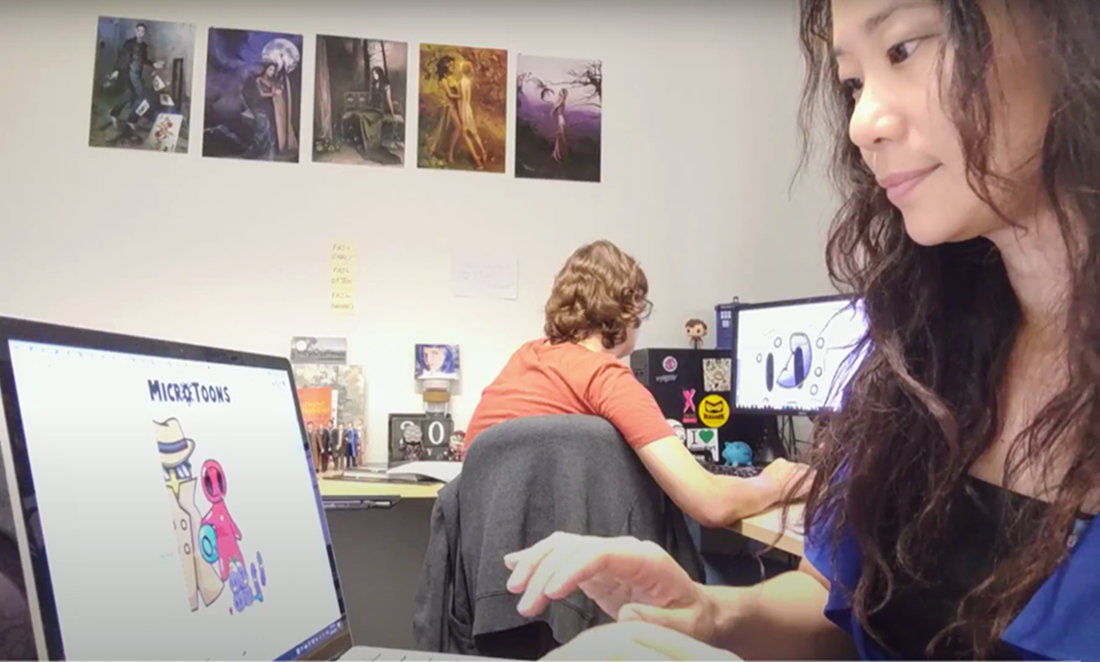
Made possible by a National Science Week grant, the MicroToons project will focus on immunology, physiology and microbiology.
Personal connections
Rina comes from a family of advocates for people with autism and those with special needs.
“I grew up as a carer and sister to my brother who has non-verbal autism with intellectual disability. I have a personal love for people living with autism.”
Rina’s parents have supported over 4000 families through the Louis Program, an organisation named for her brother and founded to provide training materials for people with special needs.
MicroToons had its genesis when Rina met Aaron Welch, Founder and Director of Red Bird Creative, at a high school alumni networking event. As Red Bird Creative has a history of working with animators with disability, Rina saw potential for collaboration on her project.
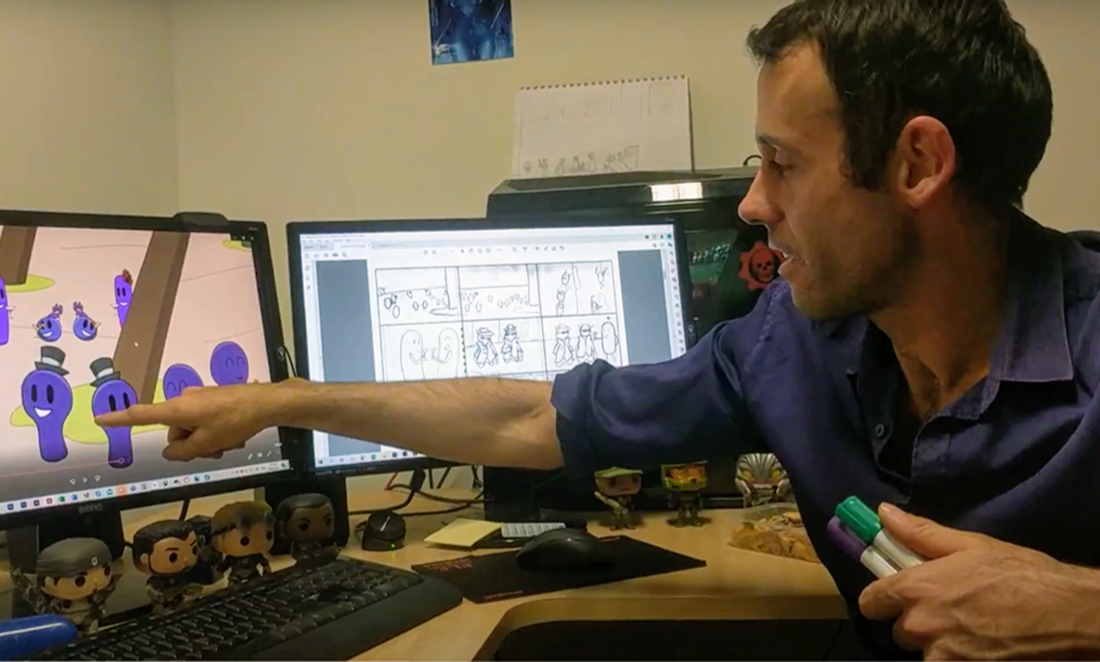
“I had previously applied for a WA Government grant for a project with the WA Foundation for Deaf Children. I said to Aaron that we could think about applying for a National Science Week grant to make MicroToons happen.”
Through Aaron, she met Sam, an animator with autism who was working at Red Bird Creative thanks to a placement from disability service provider 4lifeskills. They were also happy to come on board for MicroToons.
“4lifeskills could see the value this project would have in showing the capability of people who may be neurodiverse or have a physical or intellectual disability.”
For artist Sam, the project has been a great first step in his animation career.
“I like the story, I like how it’s educational and that I’m able to bring the artwork to life through animation,” says Sam.
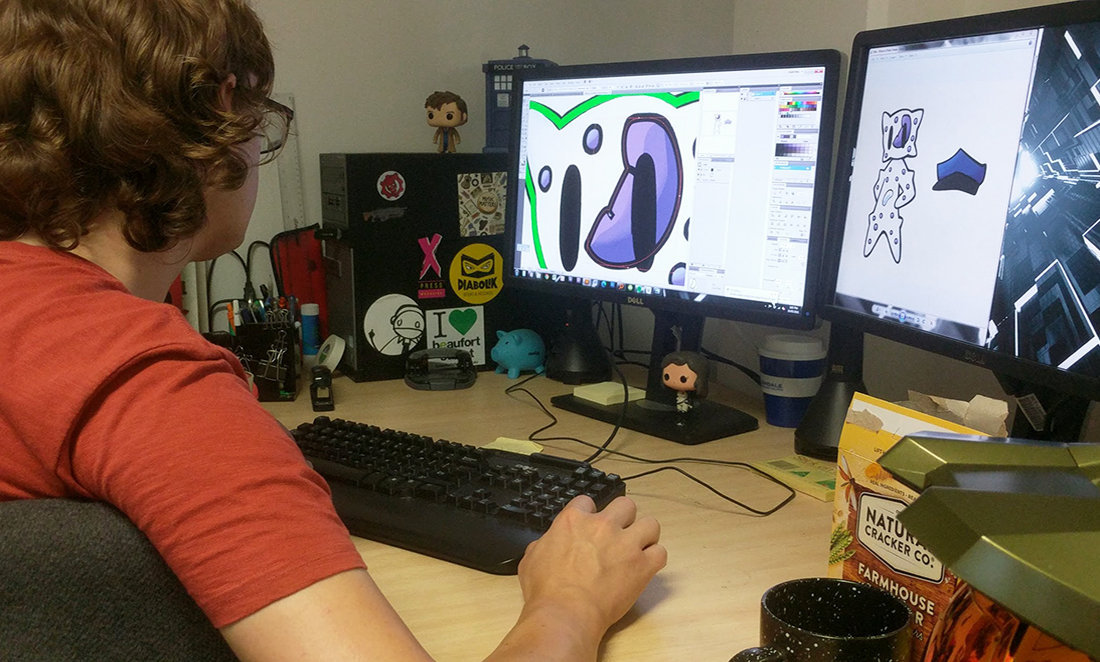
While the project has not been without its challenges, for Rina, it’s all been worth it.
“To work on this collaboration with these incredible artists and organisations, both our artists had to take themselves out of their comfort zone, but the results are fantastic.”
MicroToons will premiere at a launch event in August led by 4lifeskills and their clients. There will be popcorn and science activity stations designed to be inclusive of people with disabilities. The event will be open to the public.


